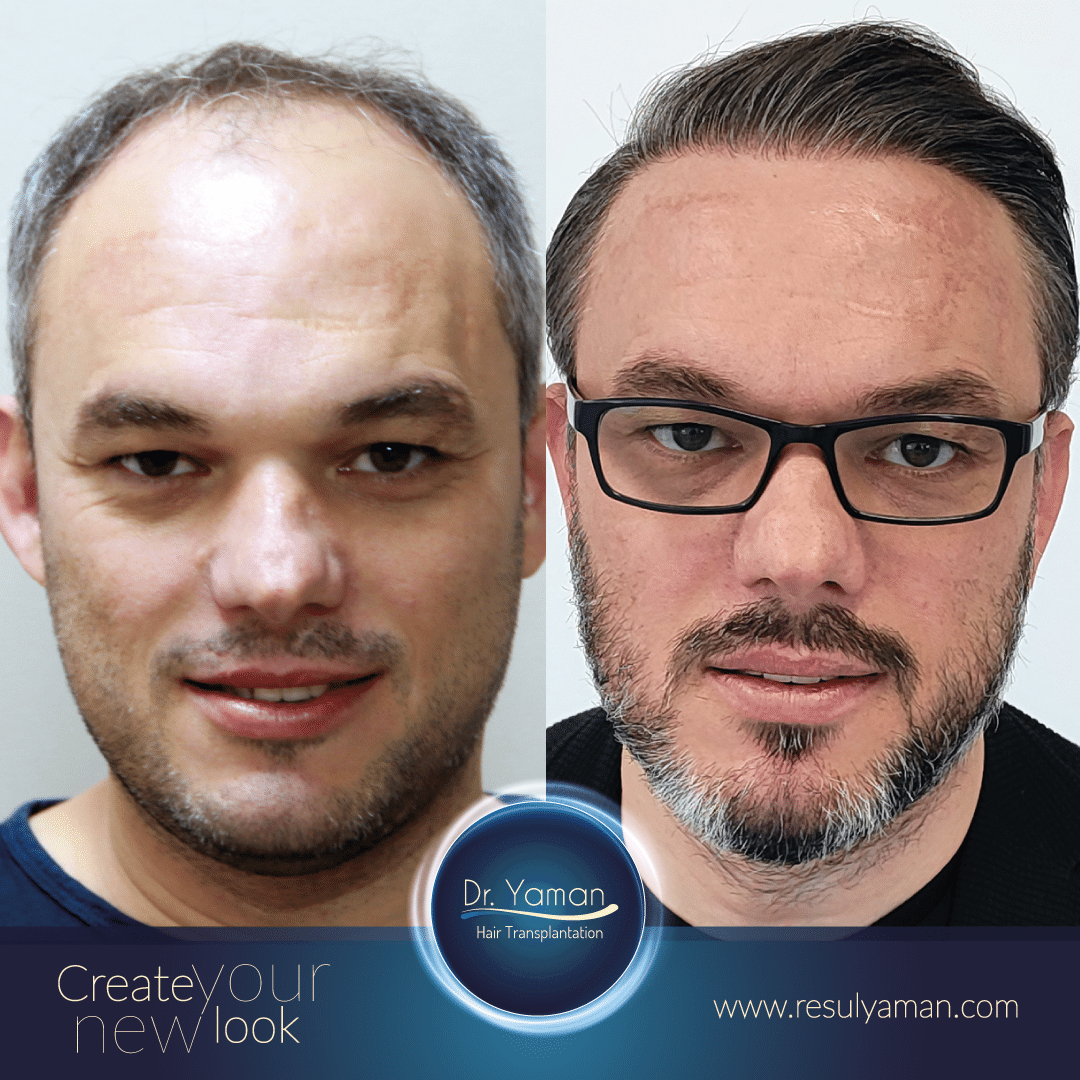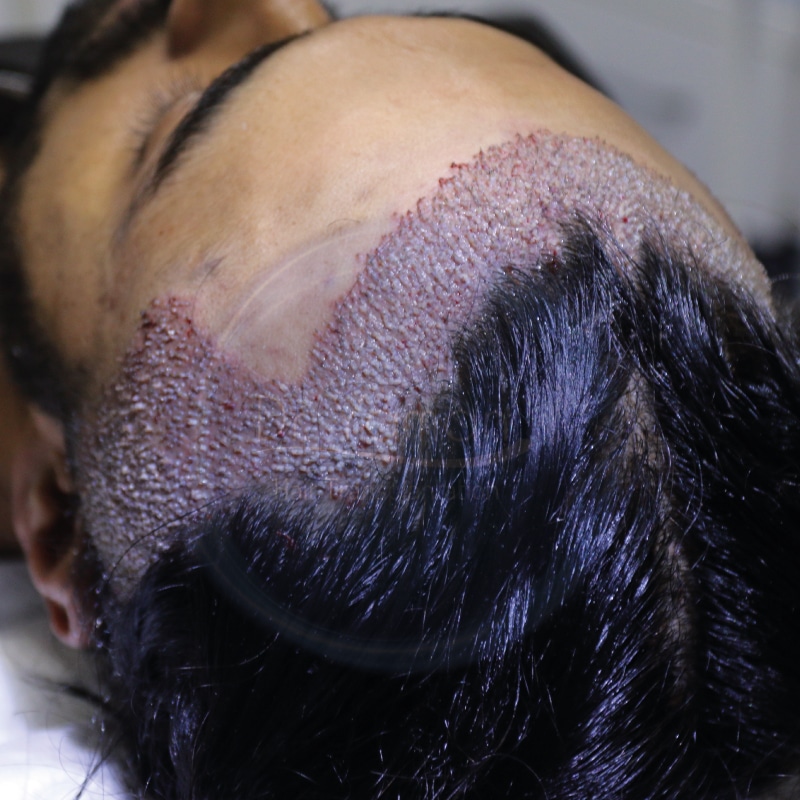If you are considering a hair transplant then it’s important to understand the array of different procedures available so you can make an informed decision and get the best end results. Two incredibly popular surgeries that yield fantastic success rates are the Sapphire FUEp procedure and DHI technique hair transplant and in this guide, I compare both to see if there is a clear winner.
Understanding DHI and Sapphire FUE
DHI and Sapphire FUE are two newer techniques and are seeing a surge in popularity compared to older techniques like FUT. This is due to the much smaller scarring in both surgeries whereas something like FUT leaves a long thing strip scar across the back of your head.
Additionally, both DHI and Sapphire FUE boast better success rates, and quicker recovery times so you can get back to work and your standard routine. Below, we look more specifically at these two surgeries, their pros and cons, and which is better suited for your hair loss problem.
DHI Technique: Procedure, Pros, and Cons
DHI – Direct Hair Implantation
This is a newer type of hair transplant procedure that uses a specialized tool called a Choi Implanter Pen. This is an advanced piece of kit that allows fair follicles to be extracted and implanted much more easily and with more precision.
The Choi Implanter Pen is used to extract hair follicles from the donor area and then they are implanted with the same device but using a different attachment. Unlike FUE, no incisions are made and thus the scarring is virtually invisible.
Also, the DHI pen means that there is much more control over the angle, direction, and depth of the transplanted hairs. As a result, the DHI technique hair transplant can provide a more natural look in areas of hair loss.
DHI also offers a slightly improved success rate because the hair follicles are not exposed to external factors as much due to the improved implantation speeds of the Choi Implanter Pen. Only the donor area of your head has to be shaved too which allows you to keep the length and quality of the rest of your hair.
Pros
- Faster recovery times compared to FUT.
- Virtually invisible scarring on the donor sites.
- Great for increasing natural hair density.
- High success rates of 95%+
- Less trauma and bleeding at the recipient site.
Cons
- Better suited for candidates with longer hair
- The success rates are dependent somewhat on the surgeon’s skill
Learn More: The Differences Between DHI and Classic FUE
Sapphire FUE Technique: Procedure, Pros, and Cons
FUE = Follicular Unit Extraction
FUE is the hair transplant technique that is taking over from the older FUT method, and a further development of FUE is Sapphire FUE. The main difference from traditional FUE surgeries is that a specialized sapphire surgical blade is used during the procedure.
While standard FUE uses steel-based blades, the sapphire blade has a different V-shaped blade and allows for more precision and control during the transplantation process. Think of Sapphire FUE as the next evolution of FUE hair transplants that result in better end results due to the enhanced surgical blade.
During the process, hair grafts are extracted from the donor site and then the surgeon uses the sapphire blade to make micro incisions in the recipient area in which the hair grafts are inserted. Due to the Sapphire blade, the end results are better, you can get natural-looking results and also have an increased density in your areas of hair loss.
When looking at Sapphire FUE vs DHI, Sapphire FUE does result in slightly more scarring but this is less than traditional steel-blade FUE surgeries due to the smaller and more precise sapphire blade. Typically, during a sapphire FUE session, a surgeon can transplant between 5000-6000 grafts whereas DHI 1500-3500 can be achieved.
Pros
- It’s a less labor-intensive process.
- Great for larger transplant areas.
- Fast recovery process
- Minimum trauma and scarring
- High success rates of 95%+
Cons
- Slightly less control over hair growth direction
- Slightly more scarring than DHI
Which is the Right Technique for You?
I hope you now have a clear understanding of Sapphire FUE vs DHI hair transplants, how they work, and the pros and cons of each procedure. But which one is the best choice for you?
Which is the best option depends on a number of factors including the desired end results and what you want to achieve. If you have longer hair and you prefer to style it and get a specific look, DHI is the better option as it offers more control over the hair direction and your head doesn’t need to be fully shaved.
Alternatively, if you have shorter hair, aren’t as concerned with styling and hair direction, and have a larger area of hair loss that needs covering, Sapphire FUE can be the better choice.
 WhatsApp
WhatsApp Get Mail!
Get Mail!
 English
English Italiano
Italiano Español
Español Türkçe
Türkçe Português
Português Français
Français Deutsch
Deutsch عربي
عربي



